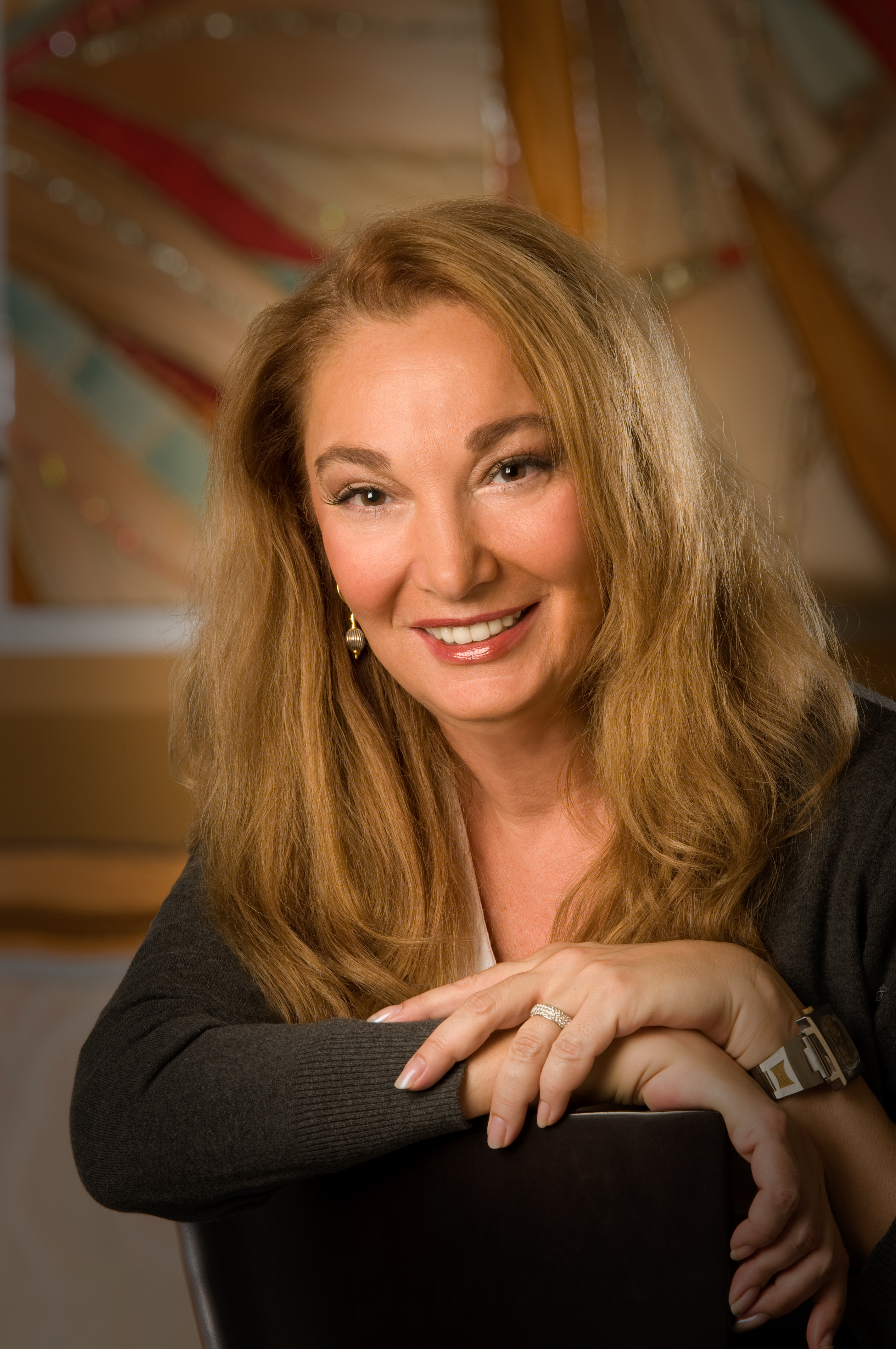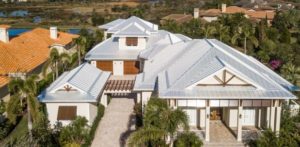 In a market seemingly awash in million-dollar sales, a national consulting company lists Sarasota-Bradenton the second metro area in Florida in terms of best places to buy a home versus renting.
In a market seemingly awash in million-dollar sales, a national consulting company lists Sarasota-Bradenton the second metro area in Florida in terms of best places to buy a home versus renting.
Smart Asset, a financial technology company, ranks Sarasota 24th nationally on a list of break-even points for renting vs. buying. Cape Coral-Fort Myers came out on top in Florida.
Smart Asset looked at an average rent of about $1,500 for the area and an average mortgage payment on a typical home (4.5% interest, 20% down) of about $1,110 and determined it would take about two years, three months for renting to become more costly than buying.
Gary, Indiana was the nation’s top market, with break-even point at 1 year, four months. Washington, Nevada and California were the only states in whole deemed better for renters than buyers by the study.
Sarasota is in the midst of an upswing in sales and price appreciation, according to Michael Molton, a certified resident specialist broker-associate with Michael Saunders & Company, who writes a monthly report on the local market.
According to his most recent report:
- The 2018 monthly year to date average for sold properties is 1,040 whereas the 2017 monthly average was 978 for the year and in 2016 the monthly average was 952.
- The number of properties sold in April including both single family and condominiums in the Sarasota area was 1,200, which was 20 less than March and 26 more than a year ago.
- In April, Sarasota’s single-family homes were sold at a median price of $285,000 vs. $272,500 a year ago, a 5% increase.
- Condominium median sale price was $235,000 in April vs. $215,000 in April 2017.
- Overall properties sold for 95% of the list price, a consistent ratio on a regular basis. The 2017 average for all properties sold was 95.6% of list price at the time of contract vs. the original list price.
Sarasota Observer June 13, 2018
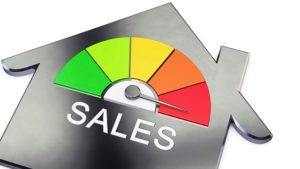 In April 2018, Sarasota and Manatee housing inventory levels dropped again, with pressure from rising median sales prices. Overall, April showed an increase in sales across the two counties, as well as an increase in new listings.
In April 2018, Sarasota and Manatee housing inventory levels dropped again, with pressure from rising median sales prices. Overall, April showed an increase in sales across the two counties, as well as an increase in new listings. Florida Home Prices Up, Inventory Down and Interest Rates are Iffy.
Florida Home Prices Up, Inventory Down and Interest Rates are Iffy.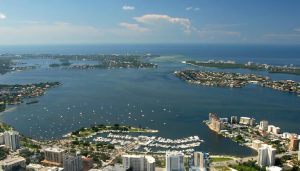 Last month, the Sarasota-Manatee residential real estate market showed an increase in the number of closed sales and pending sales, a continuation in the rise of median prices and a drop in inventory levels.
Last month, the Sarasota-Manatee residential real estate market showed an increase in the number of closed sales and pending sales, a continuation in the rise of median prices and a drop in inventory levels.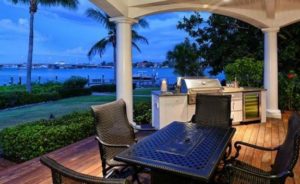 Sales of big homes for big bucks continue to be brisk in the Sarasota-Manatee real estate market. Latest sales trends show buyers’ search for value, waterfront and newer homes in current market.
Sales of big homes for big bucks continue to be brisk in the Sarasota-Manatee real estate market. Latest sales trends show buyers’ search for value, waterfront and newer homes in current market. What does the typical Florida buyer or seller look like? Only 1 in 5 (22 percent) of buyers are first-timers compared to 34 percent in U.S., and they’re typically 45 years old. On the other hand, the average seller is 60 years old, makes about $96,500 annually and owns a home that they think is too small.
What does the typical Florida buyer or seller look like? Only 1 in 5 (22 percent) of buyers are first-timers compared to 34 percent in U.S., and they’re typically 45 years old. On the other hand, the average seller is 60 years old, makes about $96,500 annually and owns a home that they think is too small.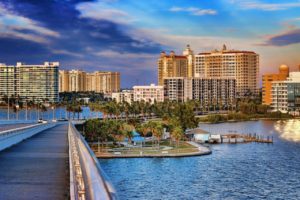 Southwest Florida’s residential real estate world is riding a winning streak, and current market conditions indicate continuing prosperity and growth. That’s the consensus evaluation of the robust home market in 2017 and the strong forecast for 2018 among industry insiders in Sarasota and Manatee counties.
Southwest Florida’s residential real estate world is riding a winning streak, and current market conditions indicate continuing prosperity and growth. That’s the consensus evaluation of the robust home market in 2017 and the strong forecast for 2018 among industry insiders in Sarasota and Manatee counties.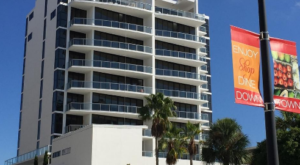 The year ahead
The year ahead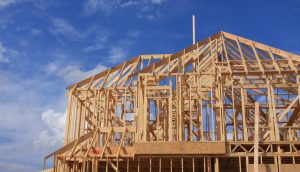 The third quarter of 2017 proved to be a gem for housing starts in the Sarasota-Manatee market.
The third quarter of 2017 proved to be a gem for housing starts in the Sarasota-Manatee market.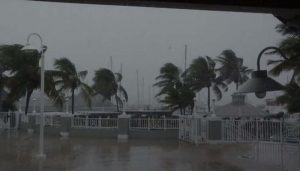 Early comments from Sarasota and Manatee real estate agents indicated that Hurricane Irma had little impact on home sales, but the September market report showed the two counties suffered decreases in closed sales, pending sales and new listings despite the region mostly escaping major damage from the storm.
Early comments from Sarasota and Manatee real estate agents indicated that Hurricane Irma had little impact on home sales, but the September market report showed the two counties suffered decreases in closed sales, pending sales and new listings despite the region mostly escaping major damage from the storm. Compared to August 2016, the latest market report shows an increase in closed sales, median prices, and inventory for single family homes, while condos in the two-county area reported an increase in closed sales and pending sales. The August 2017 data was compiled from My Florida Regional Multiple Listing Service by Florida Realtors®.
Compared to August 2016, the latest market report shows an increase in closed sales, median prices, and inventory for single family homes, while condos in the two-county area reported an increase in closed sales and pending sales. The August 2017 data was compiled from My Florida Regional Multiple Listing Service by Florida Realtors®.